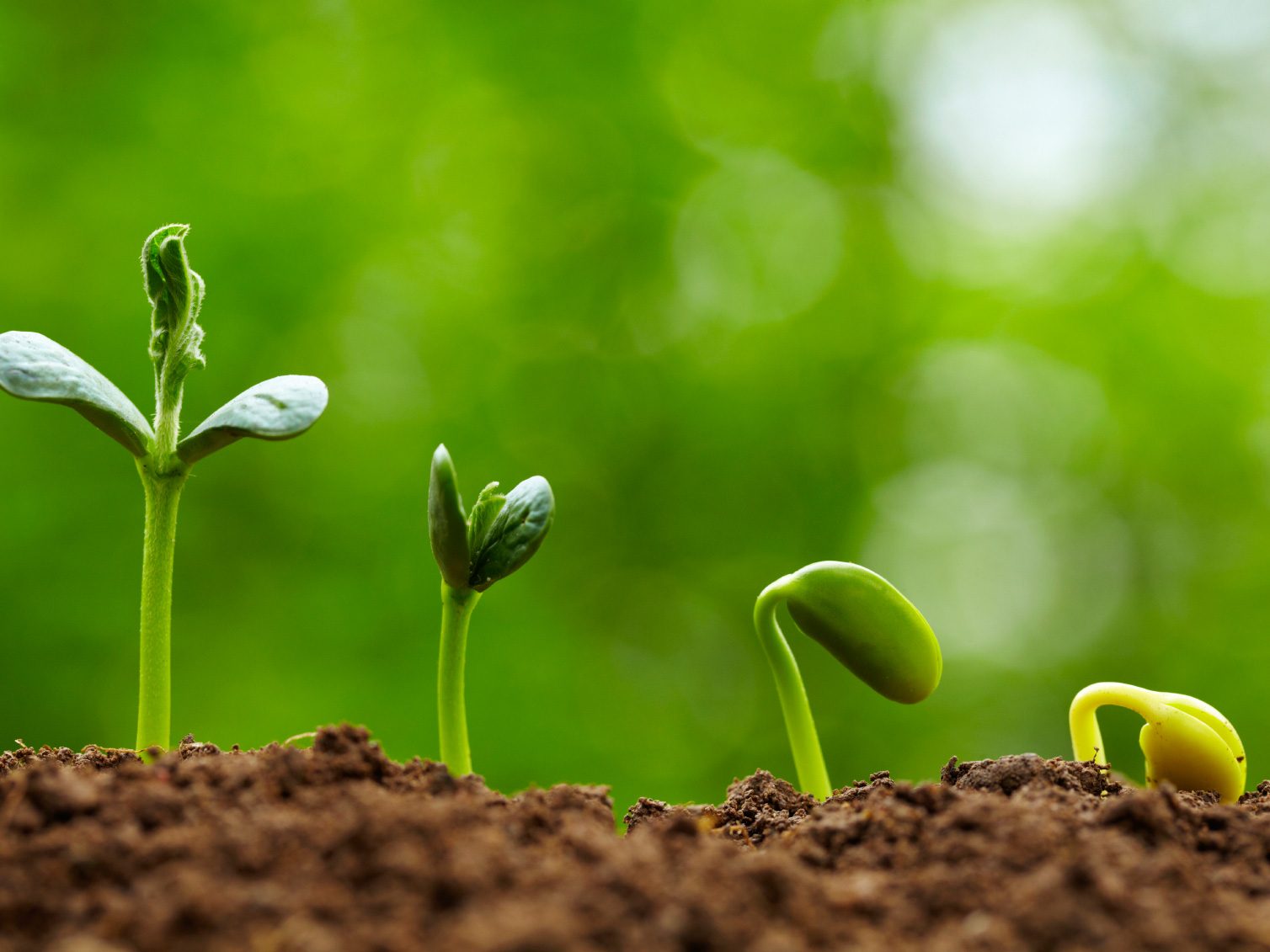How to Build Fertile Soil
Soils in coastal gardens are usually porous and low in nutrients and it may take a few years to achieve a fertile soil.

Each year spread masses of organic matter such as compost, manures or leaf litter over the whole garden, and particularly several weeks before any planting. This will conserve moisture and feed the soil.
Coarse fibrous materials such as washed seaweed or lucerne stay put in the wind and improve soil texture. Keep natural growth and whatever other plants are on the land, including weeds, until you are ready to replace them immediately with better plants. It is much harder to establish new plants on cleared land in windy adverse conditions than simply to clear a pocket for the first plants to go in. Any shelter and plant companionship is better than none. Try to ensure initially that every metre of the garden is covered with a stabilising grass or ground cover, trailing vines, shrubs and trees to prevent erosion.
Check pH levels by taking soil samples – it is useful to know what it is when choosing plants, soil conditioners and mulches. It is usually better to come to terms with whatever soil you have and to work to improve its fertility rather than to try to change it. As you add sheltering shrubs and trees, successive plantings become easier.
Seedlings find it difficult to grow in harsh conditions so start with plants, not seeds, to establish cover quickly. Make sure that each planting pocket has at least a metre of improved soil around it, perhaps with some added water-storing granules. Water plants frequently until they are well established because sandy soil dries out quickly and when very dry often becomes water-repellent. Prepare the ground well – plants in sandy soils need to develop wide-spreading anchoring roots against the wind and to collect all available nutrients.
Feed plants at least once a year in spring because rain leaches the nutrients from sandy soil. Frequent light feeding is better, so feed again in early summer and early autumn. Established beach natives may not need this and some native plants need only light fertilising. Mulch and ground covers help to reduce the drying effect of wind. Mulch the soil with any organic mulch, such as chopped lucerne, leaf litter, chipped healthy prunings, compost or seaweed. Lay it about 10 cm deep and keep it clear of plant stems.



